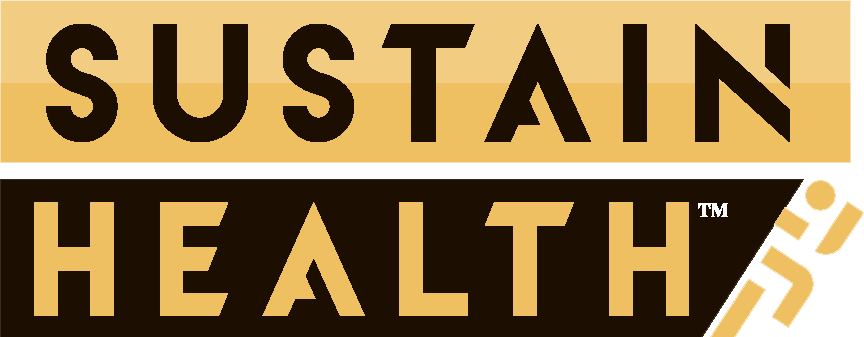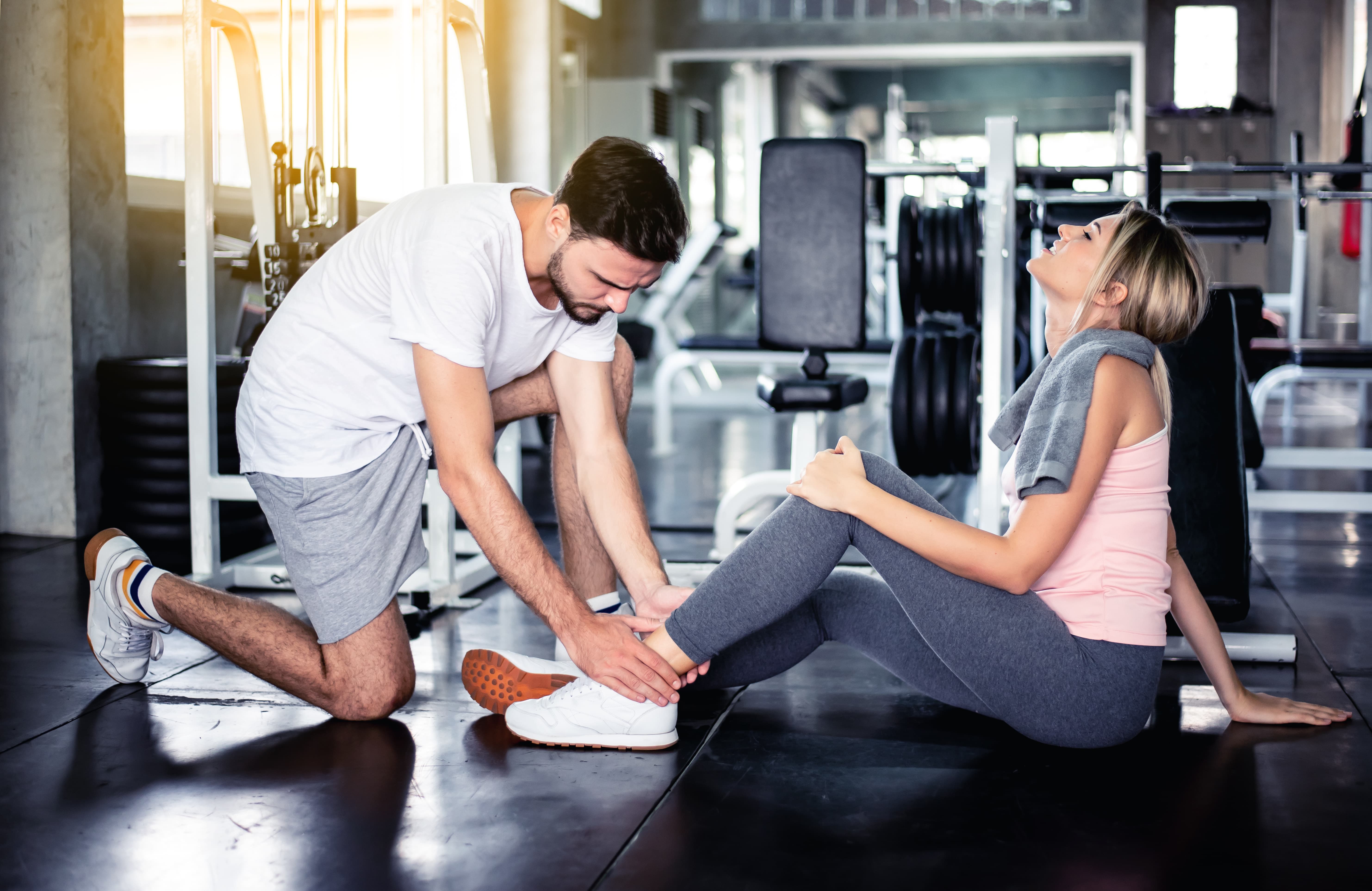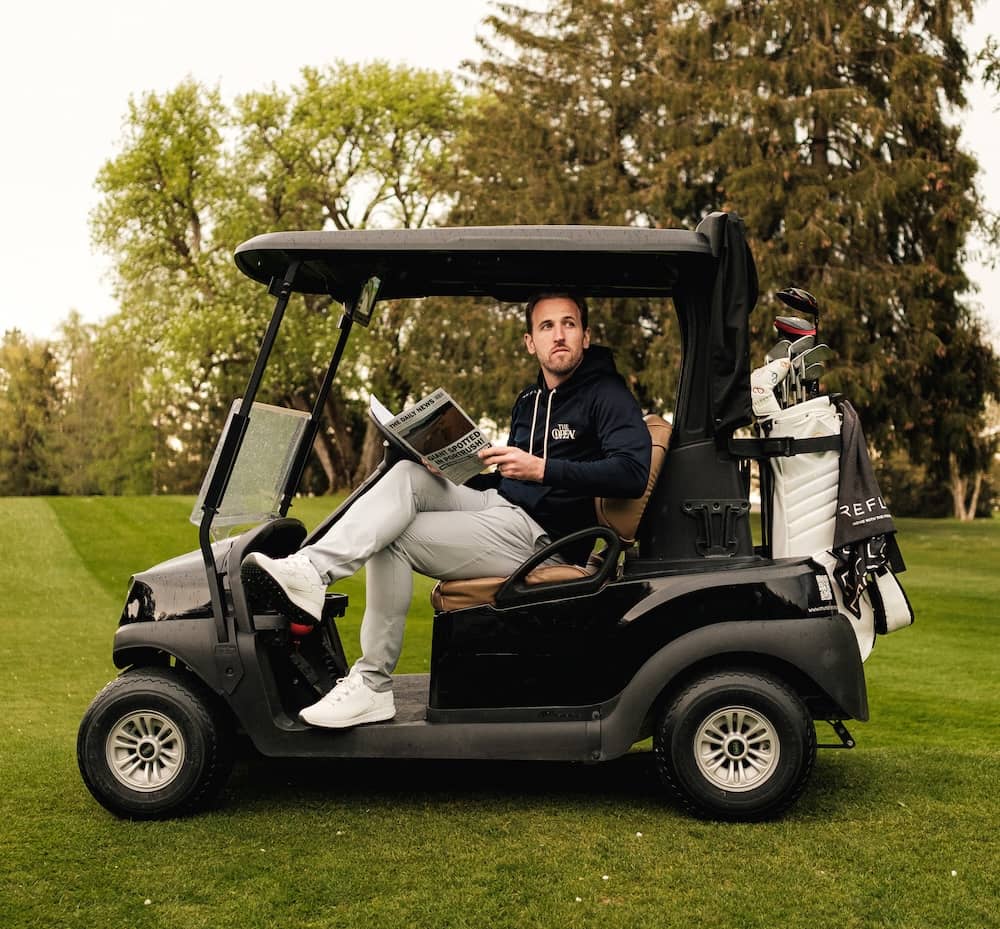There’s an art to challenging yourself without drowning out your body’s subtle signals. Remember that familiar post-workout buzz—when your muscles are singing the praise of a good effort with that tender ache in your legs and shoulders? That’s the melody of progress.
Yet when that feeling tiptoes into territory that’s sharper or refuses to fade, it’s your body gently (or sometimes insistently) whispering, “Hey, listen up—this isn’t just growth; it could be a nudge to take care of you.
Plenty of active people write off persistent aches as just part of training. But pain that sticks around or interferes with daily movement could point to something more serious.
Clinics like ortholasvegas.com often see patients who waited too long to get help—what started as a small issue became a bigger one.
Whether it’s joint pain, limited mobility, or something that just doesn’t feel right, listening to your body early on can make all the difference. Knowing when to push through and when to pause isn’t a weakness—it’s what keeps you moving long-term.
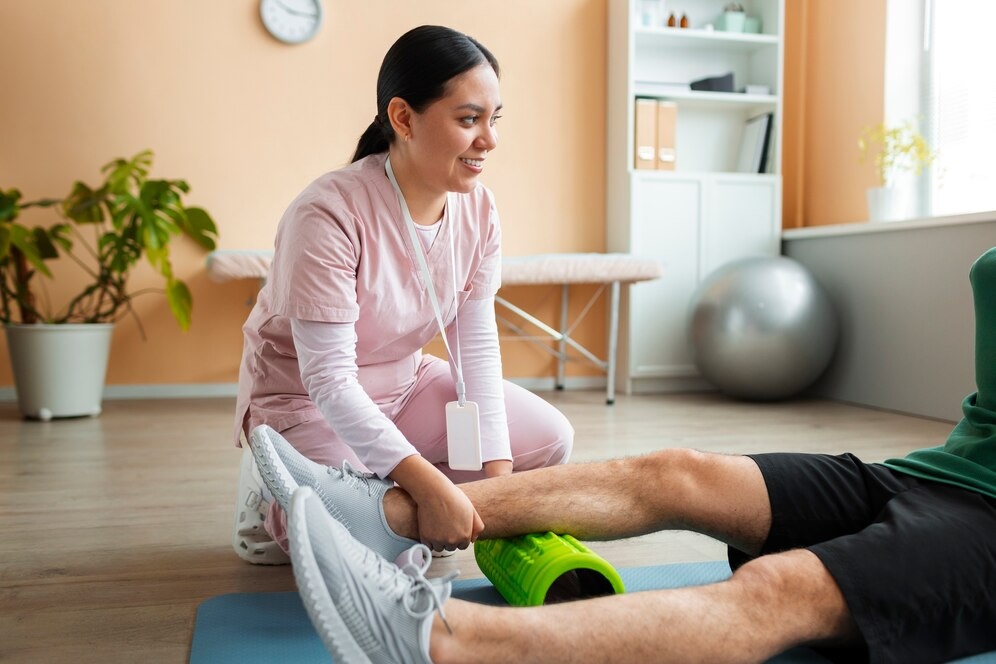
The Difference Between Soreness and Injury
Let’s start with a basic truth: muscle soreness is normal after a new or intense workout. It’s called delayed onset muscle soreness, or DOMS. It usually peaks around 24–72 hours post-workout and gradually fades.
In contrast, pain from an injury:
- Can occur suddenly or worsen over time
- Doesn’t improve with rest
- Is often sharp or throbbing
- May be accompanied by swelling, stiffness, or bruising
- Can limit your range of motion
While DOMS feels like a dull, overall ache, injury pain tends to be more specific. It might feel like something is “off” or unstable. If that sounds familiar, don’t chalk it up to just being out of shape. Your body is waving a red flag.
Common Red Flags to Watch For
Even seasoned athletes miss the early signs of an injury. They write off discomfort or think it’s part of pushing limits. Here are some warning signs that mean it’s time to stop, assess, and potentially seek professional help:
1. Pain That Gets Worse With Movement
If a particular movement causes a stabbing or shooting pain, that’s not something to power through. This could signal a tear or joint instability.
2. Joint Swelling or Bruising
A little inflammation post-workout is one thing. But if a joint swells significantly, becomes warm to the touch, or turns colour, it’s time to get it checked.
3. Pain That Lingers Beyond a Few Days
Soreness usually fades after a few days, even after tough sessions. Pain that sticks around longer—or gets worse—isn’t just soreness. It might be a strain, tendonitis, or something deeper.
4. Numbness or Tingling
These sensations can mean nerve involvement, which should never be ignored. Sciatica, herniated discs, or nerve impingements can all start subtly.
5. Instability or Weakness
If a joint feels like it might give out—or your strength in that limb seems significantly reduced—it could point to ligament or tendon damage.
Common Training-Related Injuries
Some injuries are more common than others, especially in the gym. Understanding what to look out for can help you take quicker action if something doesn’t feel right.
Rotator Cuff Strains
A dull ache in the shoulder, pain when lifting overhead, or limited range of motion may signal issues with the rotator cuff. These are common in people who do lots of upper body or shoulder work.
Knee Pain (Patellofemoral Syndrome, Meniscus Tears)
Running, squats, and lunges can sometimes trigger knee pain—especially if your form is off or your muscles are imbalanced. Pain under or around the kneecap, or a popping sensation, could mean more than just overuse.
Lower Back Strains
Improper deadlifting or poor posture under load can cause muscle strains—or worse, disc issues. If your lower back is tight but tolerable, it may be muscular. If it’s sharp, radiating, or accompanied by numbness, don’t ignore it.
Achilles Tendinitis
Pain at the back of the ankle that flares during activity and eases with rest could mean inflammation of the Achilles tendon. Left unchecked, this can lead to tears.
Shin Splints or Stress Fractures
Pain along the front of your lower leg during or after running might be shin splints. If it becomes constant or worsens even at rest, it could be a stress fracture.
When Should You See an Orthopaedic Specialist?
You don’t need to be carried out of the gym to justify seeing a specialist. If you experience any of the red flags mentioned above—or simply feel that something isn’t right—it’s worth consulting someone with orthopaedic experience.
These professionals can:
- Accurately diagnose the issue
- Offer imaging (like X-rays or MRIs) if needed
- Develop a treatment or rehab plan
- Refer you to physical therapy if appropriate
- Help you prevent a recurrence
It’s always better to check in early and avoid months of setbacks. A short appointment now could save you from surgery or long-term downtime later.
Pushing Through Pain Isn’t a Badge of Honour
The “no pain, no gain” mentality has done more harm than good in fitness circles. While it’s true that growth comes from challenge, ignoring pain isn’t the kind of challenge your body benefits from.
Being disciplined means knowing when to rest, not just when to go hard.
If something feels wrong, pause your workout and take stock. Ice, rest, compression, and elevation (RICE) can help with acute injuries—but don’t rely on them as a crutch to avoid getting a real diagnosis.
Tips for Preventing Injury in the Gym
Staying injury-free starts with smart habits and listening to your body. Here are some ways to reduce your risk of joint or muscle problems:
Warm Up Properly
Never skip this. A good warm-up increases circulation and primes your muscles for work. It also prepares your nervous system for heavier lifts or explosive movements.
Prioritise Form
No amount of weight is worth compromising form. If you’re not sure how to perform a movement correctly, work with a coach or trainer—even if just for a few sessions.
Don’t Ignore Mobility
Tight hips, hamstrings, or shoulders can throw off your mechanics. Incorporating mobility work a few times a week can keep your range of motion safe and strong.
Rest and Recover
Your muscles don’t grow while you’re working out—they grow when you rest. Make sure you’re getting adequate sleep, nutrition, and recovery days between intense sessions.
Cross-Train
Mixing up your training can prevent overuse injuries. If you run a lot, incorporate strength training. If you lift heavy often, consider swimming or yoga as a low-impact complement.
Listening to Your Body Is a Strength, Not a Weakness
Being proactive about your health isn’t a setback. It’s smart. The fittest people aren’t the ones who never get injured—they’re the ones who respond to injuries the right way.
There’s no shame in backing off a little if something feels wrong. Whether you’re a beginner lifter, a runner training for your next race, or a seasoned athlete, your body deserves care and attention. Catching issues early can make all the difference in how quickly and fully you recover.
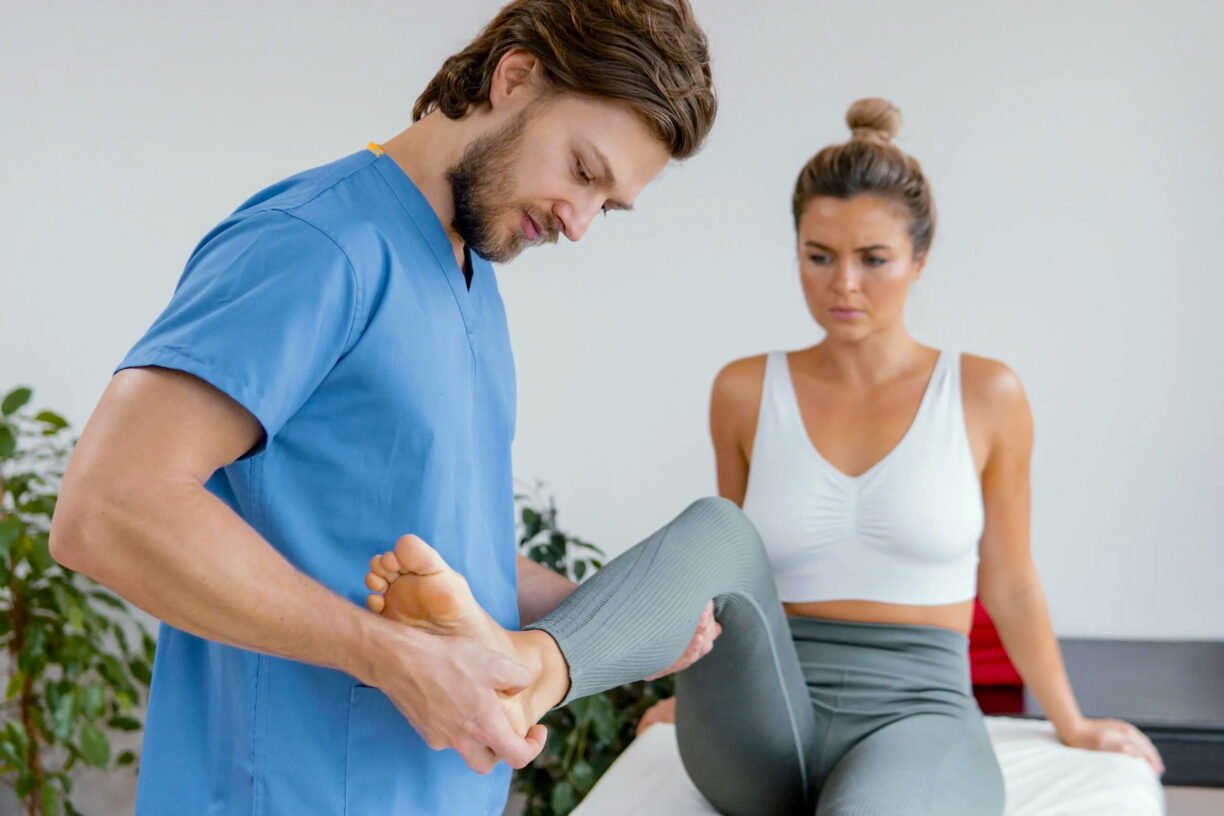
Final Thoughts
Pain is your body’s way of getting your attention. Learning to understand what it’s trying to say—especially in the gym—can help you stay active, strong, and injury-free.
Soreness means you challenged yourself. Sharp, persistent, or unusual pain? That’s your cue to stop and check in.
If you’re ever unsure, don’t play the guessing game. Trust your gut and talk to a pro. Even a single visit to a trusted resource like [ortholasvegas.com] could give you the answers you need and keep your goals on track.
At the end of the day, long-term progress is built on consistency—not on pushing through pain that shouldn’t be there.
